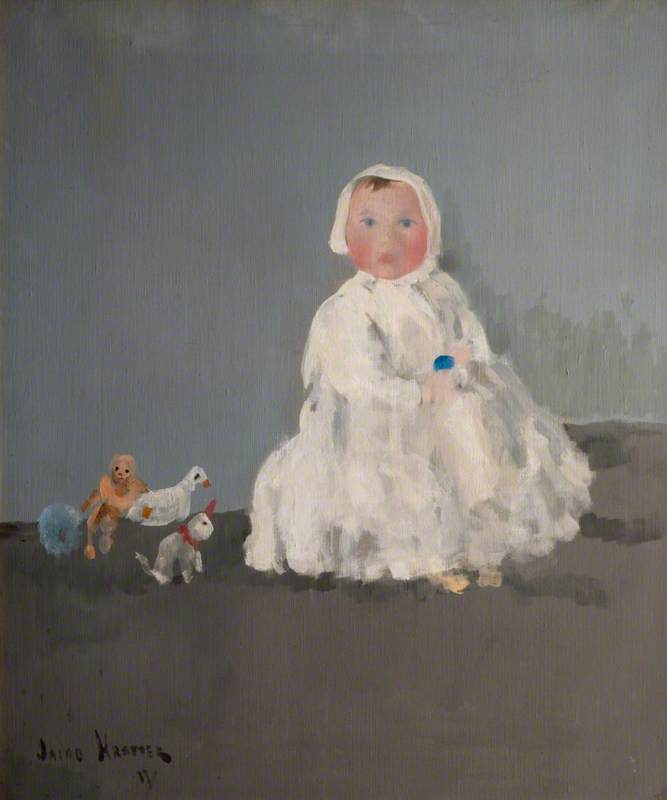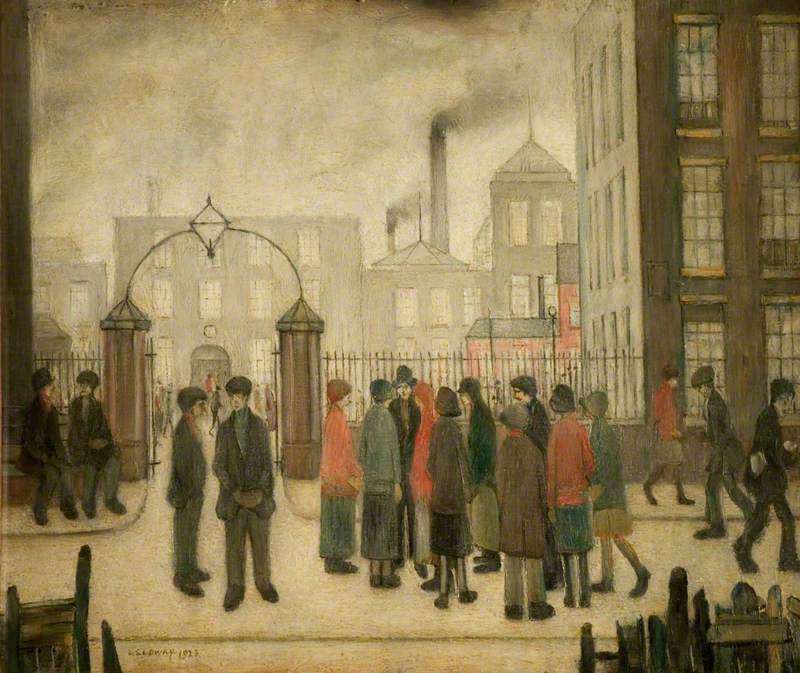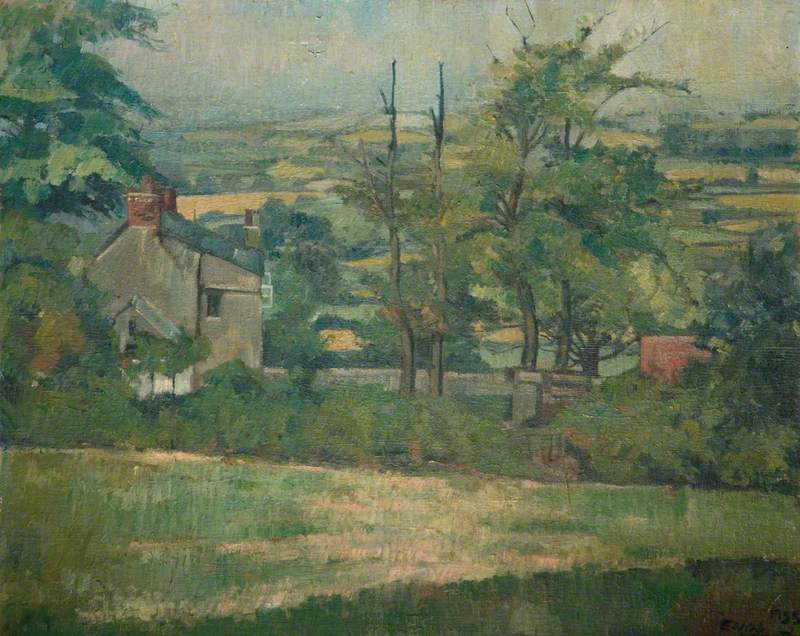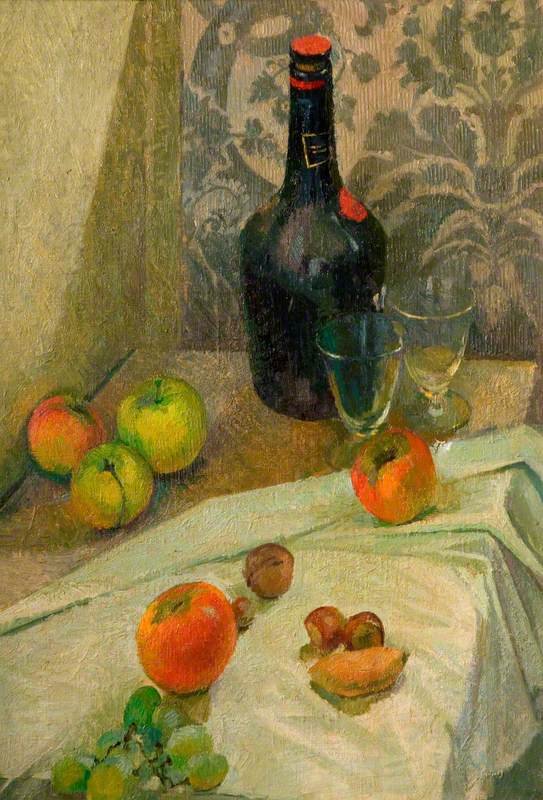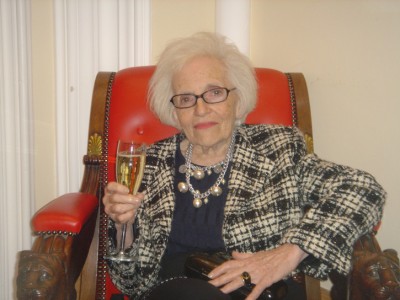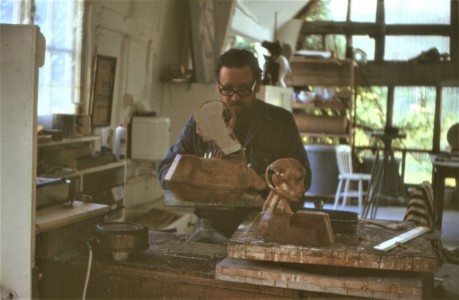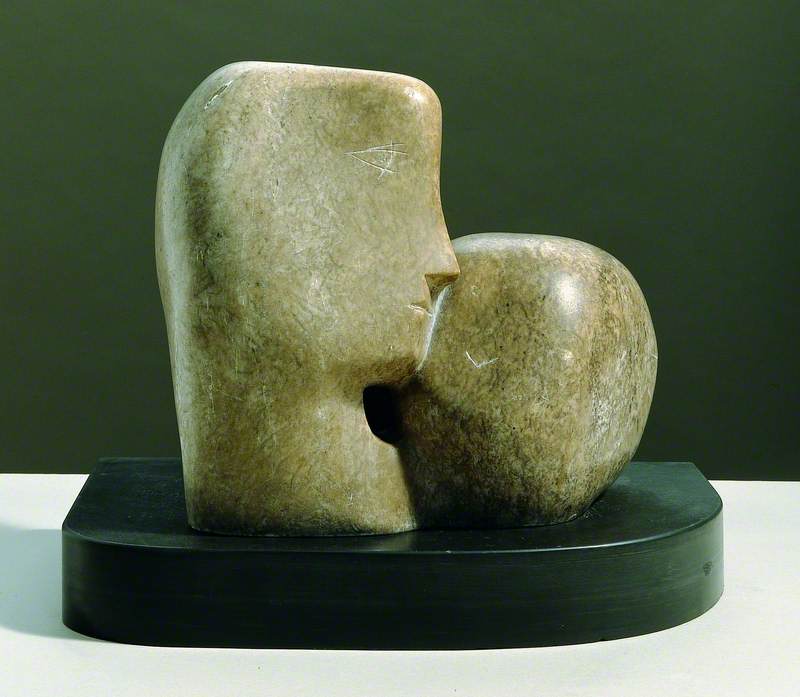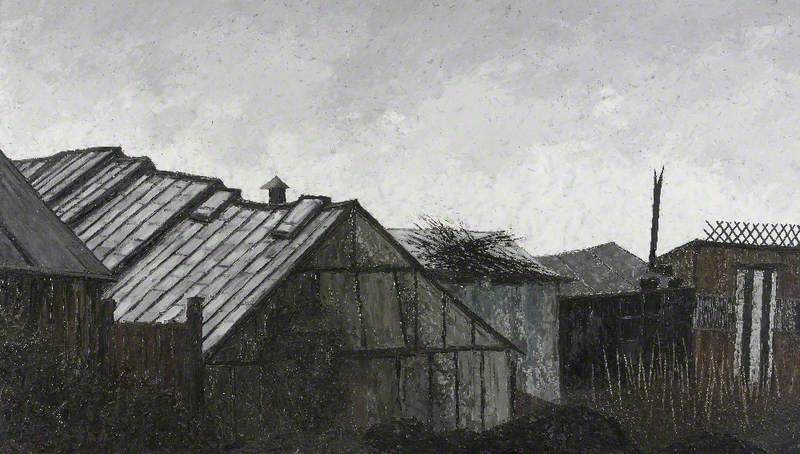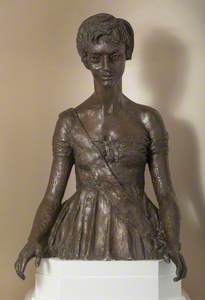In common with most interesting and diverse art collections, whether in the public and institutional or private domains, the University of Keele's eclectic holding of art comes out of a mixture of adversity, happy chance and fortuitous or unforeseen circumstances over extended periods of time.
More specifically, it owes much to a distinguished historical figure of visionary and inspirational distinction – namely the doctor, art lover, Labour politician and MP for Stoke for nearly 20 years, Sir Barnett Stross (1899–1967). Stross was the founder of Keele University's art collection, being a generous donor of art to both Keele and The Potteries Museum & Art Gallery in nearby Hanley, Stoke-on-Trent.
Stross was the instigator in establishing the international Lidice Art Gallery in central Bohemia, in what is now the Czech Republic. A memorial to the victims of the 1942 genocidal Nazi atrocity in the mining village, in which all male adults were executed and women deported to concentration camps as a reprisal for the assassination of a Nazi official, the gallery resulted from 'Lidice Shall Live', a campaign spearheaded in Stoke-on-Trent by Stross and mobilising the local mining community in solidarity. The Lidice Art Gallery now holds 350 works, including donations from Stross and from significant artists like Richter, Polke and Beuys.
Many of the 50-plus Stross donations to Keele University, made in the early 1960s, reflect this great man's taste, discernment and the gift of friendship extended to myriad artists. Intimate connection between patron and artist started early, with Ukrainian-born emigre Jacob Kramer creating several artworks of Barnett Stross' wife, Olive.
As an art student in Leeds, Olive Stross had known the young Leeds artist, later in the vanguard as a Vorticist. The Stross family's arrival in Leeds in 1903 presaged young Barnett's medical training at the university and his doctor qualification in 1926. Another Kramer pastel portrait, this time of Barnett, is in the Lidice Art Gallery. Association with a future Vorticist reflected Stross's critically advanced avant-garde tastes.
An artist of more flamboyantly romantic and bohemian complexion, the peripatetic painter Rowley Smart (1887–1934) who lived briefly with kindred spirit Augustus John at Alderney Manor in Poole, was treated by Stross for respiratory problems. Among the Stross gift to Keele are several Parisian or Giverny watercolours and a delicious, colourful oil Mousehole, the Harbour depicting the Cornish port where a branch of the John family later settled.
Another acquisition, the barnstorming The Fortune Teller (1941) by the neo-romantic polymath painter, sculptor, stage designer and art critic Michael Ayrton (1921–1975) reflected close rapport again between artist and patron. The pair shared an interest in the occult and the writings of Aleister Crowley. Stylistically, the portrait's gaunt, elongated gothic aspects recalls El Greco, early Picasso and Grunwald.
The eeriness of the Ayrton also plays into the metaphysic of an austere, near deserted Sunday in wartime Stoke. Ayrton stayed with Stross in 1944 and later wrote that 'the grey and glacial public gardens of Stoke... will always remain with me'. A visit to the Great Tip in Hanley that day inspired The Tip, Hanley, now in The Potteries Museum & Art Gallery, to where it was bequeathed from the Stross collection.
In 1962 Stross also donated an ink set-design Final Act, Macbeth by Ayrton's neo-romantic colleague John Minton. A year before perhaps the most valuable donation was L. S. Lowry's stand out The Mill Gates (1928), with its inimitable cast of mill, chimney, railings and matchstick men.
Despite its value, this pre-war Lowry masterpiece was available on the university's admirable loan scheme which allowed students to borrow works for display in halls of residence on campus. The scheme was initiated by 1950s Keele lecturer and painter Jasper Rose (who died in 2019) who was no doubt inspired by the example of Kettles' Yard founder H. S. Ede, whom Jasper and his artist wife Jean had known in Cambridge before his subsequent teaching career took him to University in Santa Cruz, California.
The Keele Collection has continued to expand to over 350 works after Stross's death in 1967. Julian Trevelyan's Italian Field (1956) and Duncan Grant's The Wine Press (1930) are magnificent examples of rural themes by a pair of heavyweights from the pre-war Surrealist and Bloomsbury Movements respectively.
A bronze bust of Princess Margaret, who was Keele Chancellor, by Jacob Epstein, highlights a significant holding of sculpture, including abstract modernist bronzes by Barbara Hepworth and Henry Moore.
Princess Margaret (1930–2002), Countess of Snowdon, CI, GCVO, GCStJ, CD
1960s
Jacob Epstein (1880–1959) 
Hepworth's Square Forms (Two Sequences) (1963), comes at a peak moment in the Wakefield-born sculptor's career, a year before her Single Form was unveiled at the UN building in New York.
Moore's Upright Motif, though similarly totemic, has a more surrealist air in contrast to Hepworth's constructivist language.
Upright Motive (Maquette No. 4)
(an edition of nine) 1955
Henry Moore (1898–1986) 
As the modernist revolution evolved – perhaps retrogressively – into the so-called post-modern era, so art left abstraction's formal cul-de-sacs behind to re-engage with figuration in which a conceptual approach to subject and the gloss of photorealist verisimilitude came to the fore.
Local Staffordshire artists such as Mow Cop's enigmatic realist Jack Simcock and Enos Lovatt joined the collection, and Burslem's grungier Arthur Berry is a recent addition.
David Gleeson's In the Victoria & Albert LIV adds Magrittean enigma to photo realist exactitude spiced with a palpable 1970 Hockney-esque zeitgeist.
A clutch of up-and-coming north London expressionist Julie Held's figure compositions and Peter Folkes's Still Life add further distinction to the category of recent or contemporary figurative art by RWA or NEAC members respectively.
Peter Davies, author, art critic and artist printmaker
This article is based on a lecture that Peter Davies delivered at Keele University on 8th June 2022. The lecture was Keele's contribution to the civic activities in Stoke-on-Trent marking eighty years since the Lidice atrocity, and Sir Barnett Stross's role in raising international awareness of resistance to the event. Art has always played a vital role in raising that international awareness, including the art that Stross himself collected.
For the full story of the Lidice atrocity, see Professor Aristotle Kallis's comment on the recent eightieth anniversary.


